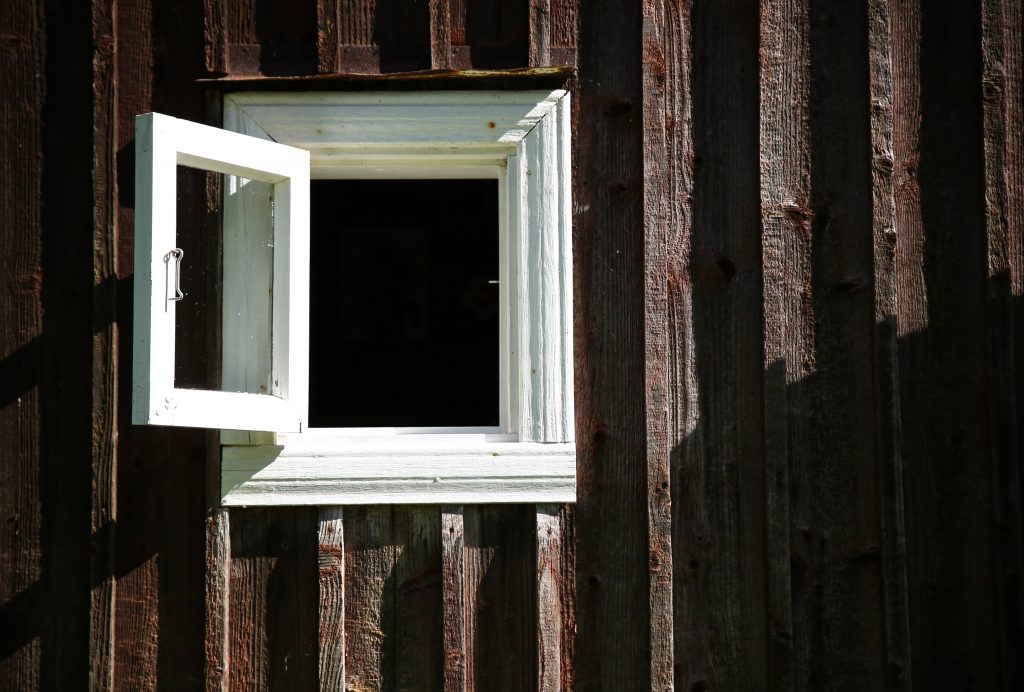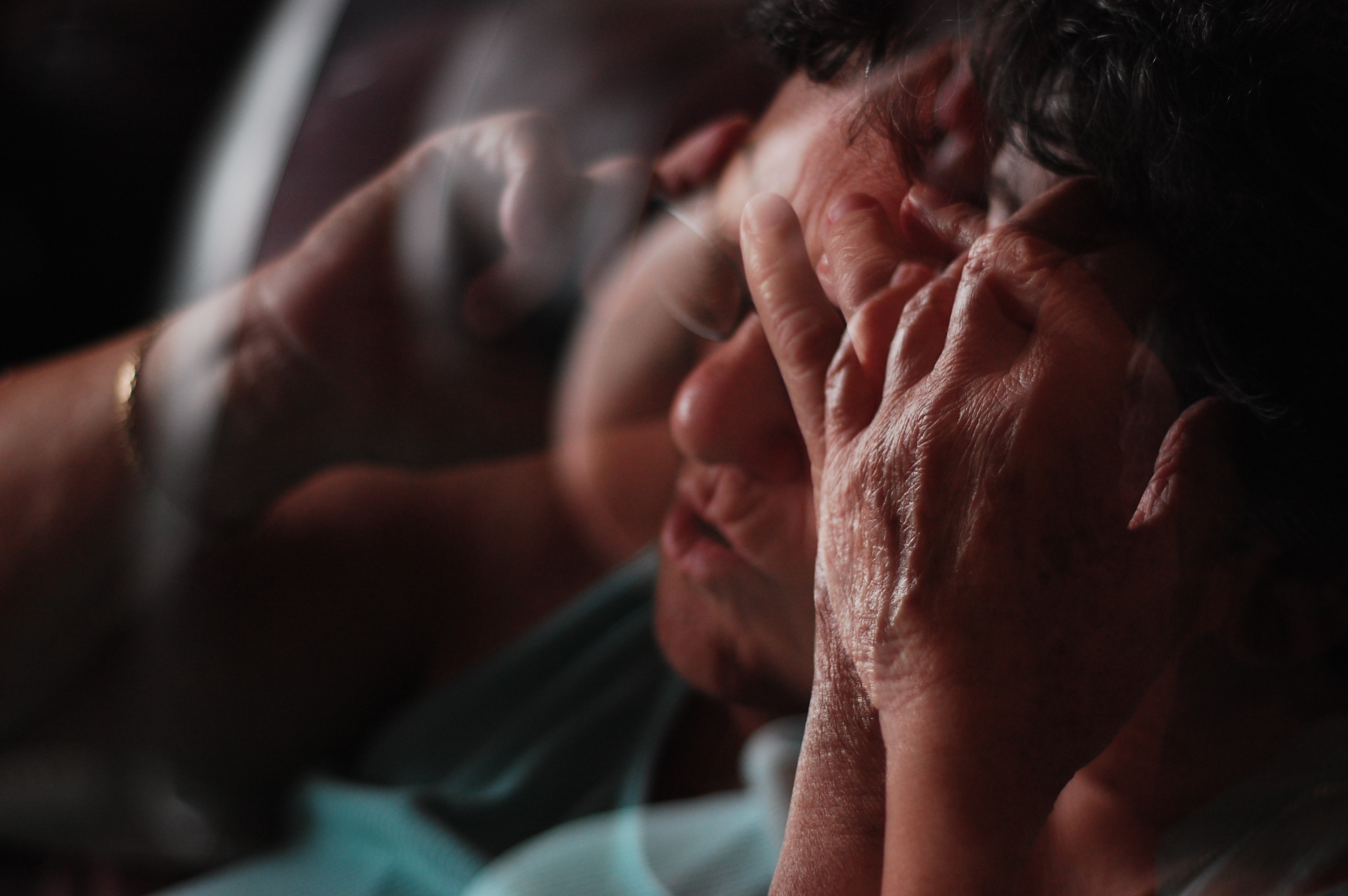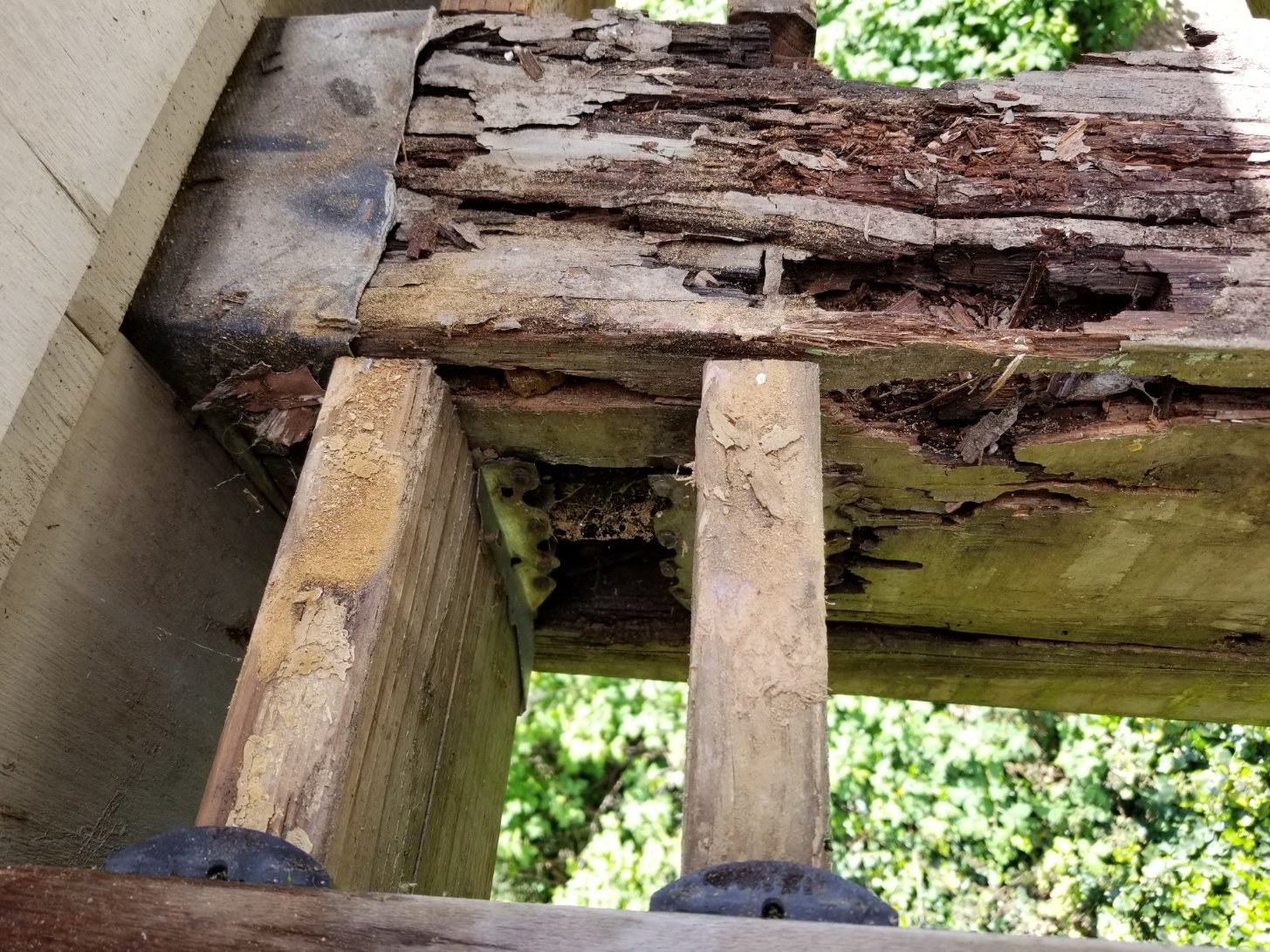Can you imagine yourself being packed in an airtight box?

It feels dangerous and quite uncomfortable, isn’t it?
But, have you ever thought that compromising ventilation of a building for better aesthetics or for interior design is also dangerous? Continue reading to find out how low ventilation can cause serious health problems and affect the structural strength of the building.
Health problems
- Man inhales oxygen and exhales carbon dioxide. Poor ventilation leads to an increase in carbon dioxide within a building which results in shortness of breath, fatigue, and severe headaches.
- It also increases the level of moisture, odours, gases, dust, and other air pollutants which may lead to psychological problems like stress and discomfort.
- Low ventilation also enhances the spread of transmittable airborne diseases and viruses like chickenpox, smallpox, tuberculosis and more.
- Carbon monoxide can build up to deadly levels without proper ventilation.
- It can also increase the concentrations of radon, which can cause lung cancer.
Structural problems
The steam from the kitchen and bathroom will increase the humidity when there is no natural ventilation. This humid air finds cooler places around the house to condense. Condensation causes problems like peeling off wallpaper, mould growth, severe structural damage such as wood rot and damp.
So, these were the severe effects of low ventilation. You can find more information on How to maintain good human comfort in a building in our Human Comfort category.


